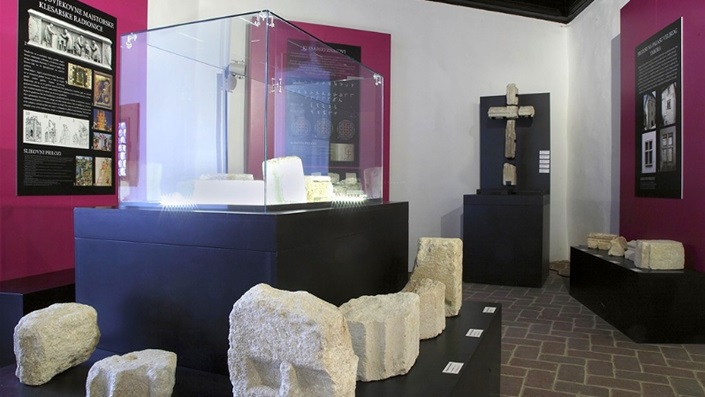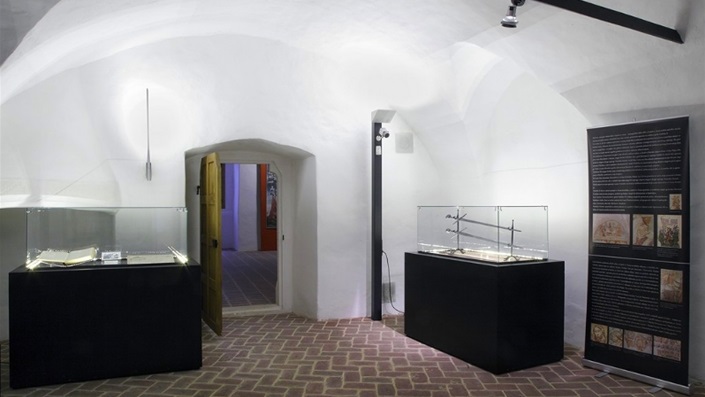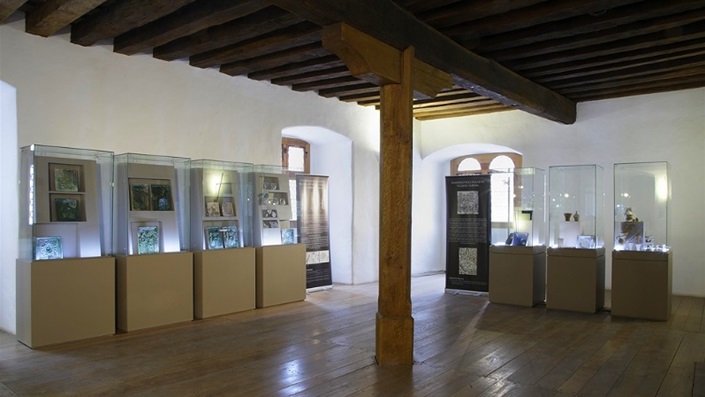Mysterious gothicism, Veliki Tabor and St. John's chapel
The exhibition presents new insights in to the earliest Gothic phase of Veliki Tabor based on archaeological, historical, and historical and artistic research. Moreover, it presents the results of conservation and restoration research of the Late Gothic mural in St. John's Chapel in Ivanić Miljanski, which is assumed to have been built by Count Fridrik II of Celje.
The exhibition presents the Gothic architectural stone work from Veliki Tabor castle, the stone-masons' workshops and their symbols, as well as the Late Gothic finds (Late Gothic glasses and ceramic stove tiles) unearthed in the course of the archaeological research conducted in Veliki Tabor in the past several years.
Until 10 or so years ago, the Chapel of St. John the Baptist did not seem to stand out among the other Baroque chapels in the Zagorje hills. However, following conservation and restoration research and work, and especially following the publication of Ivan Srša's research papers on St. John's Chapel and its Late Gothic mural, the chapel assumed a completely new meaning. Based on the preserved iconographic program in the chapel, portraits incorporated in the scenes, Srša assumed that the reason behind the chapel's construction and the painting of its interior was to legalize the illegitimate son of Fridrik II of Celje and his second wife, Veronika Desinić, in the year 1447.




